Magnifique Martinique
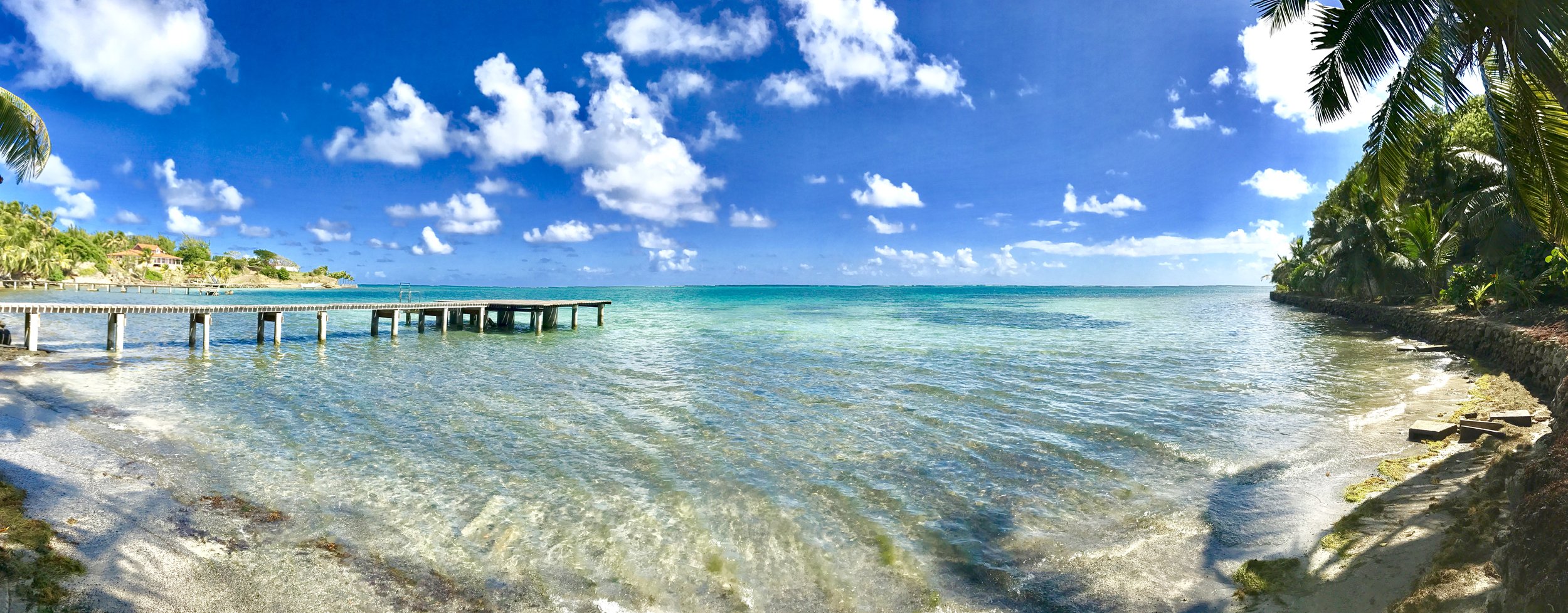
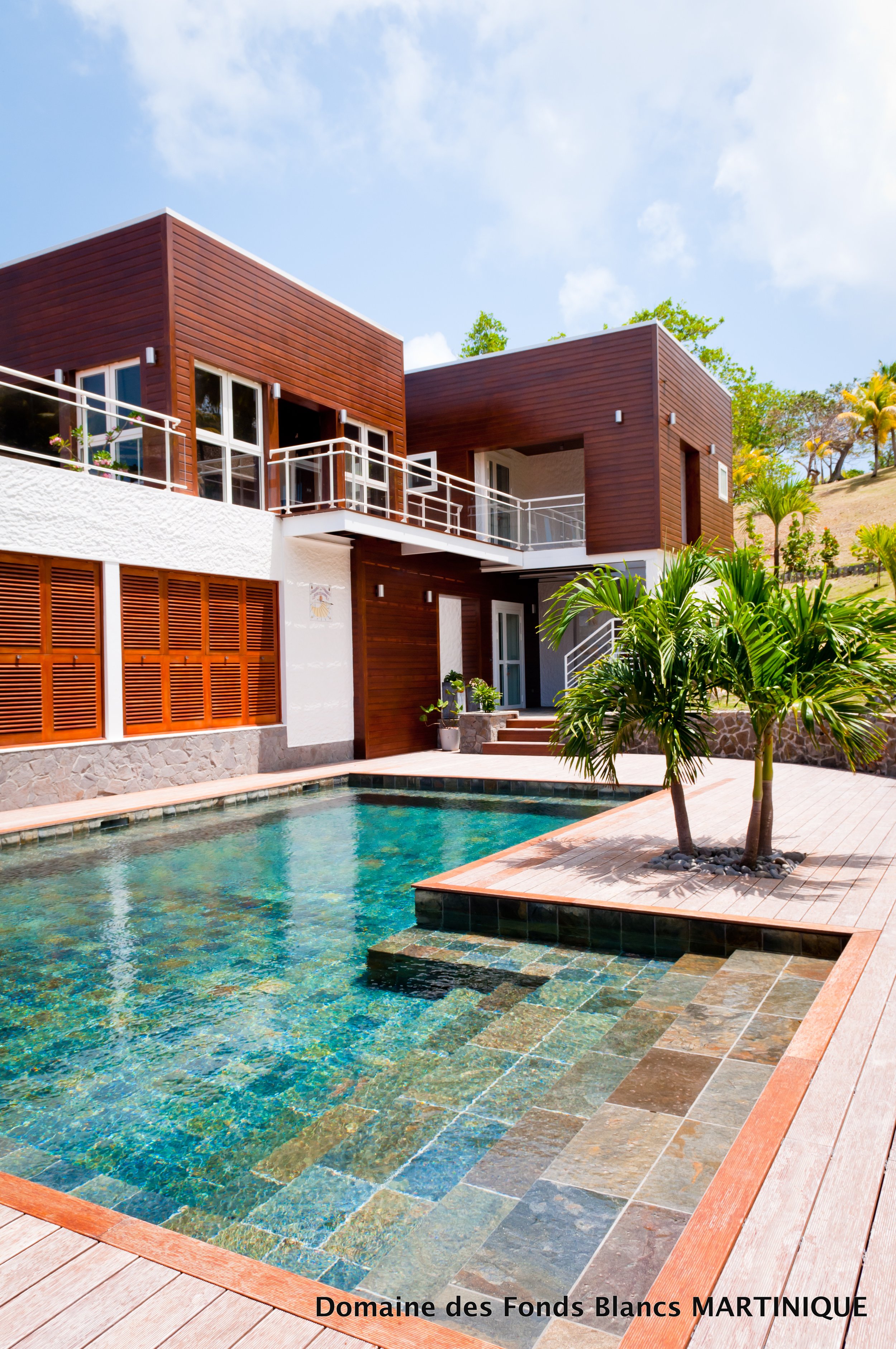
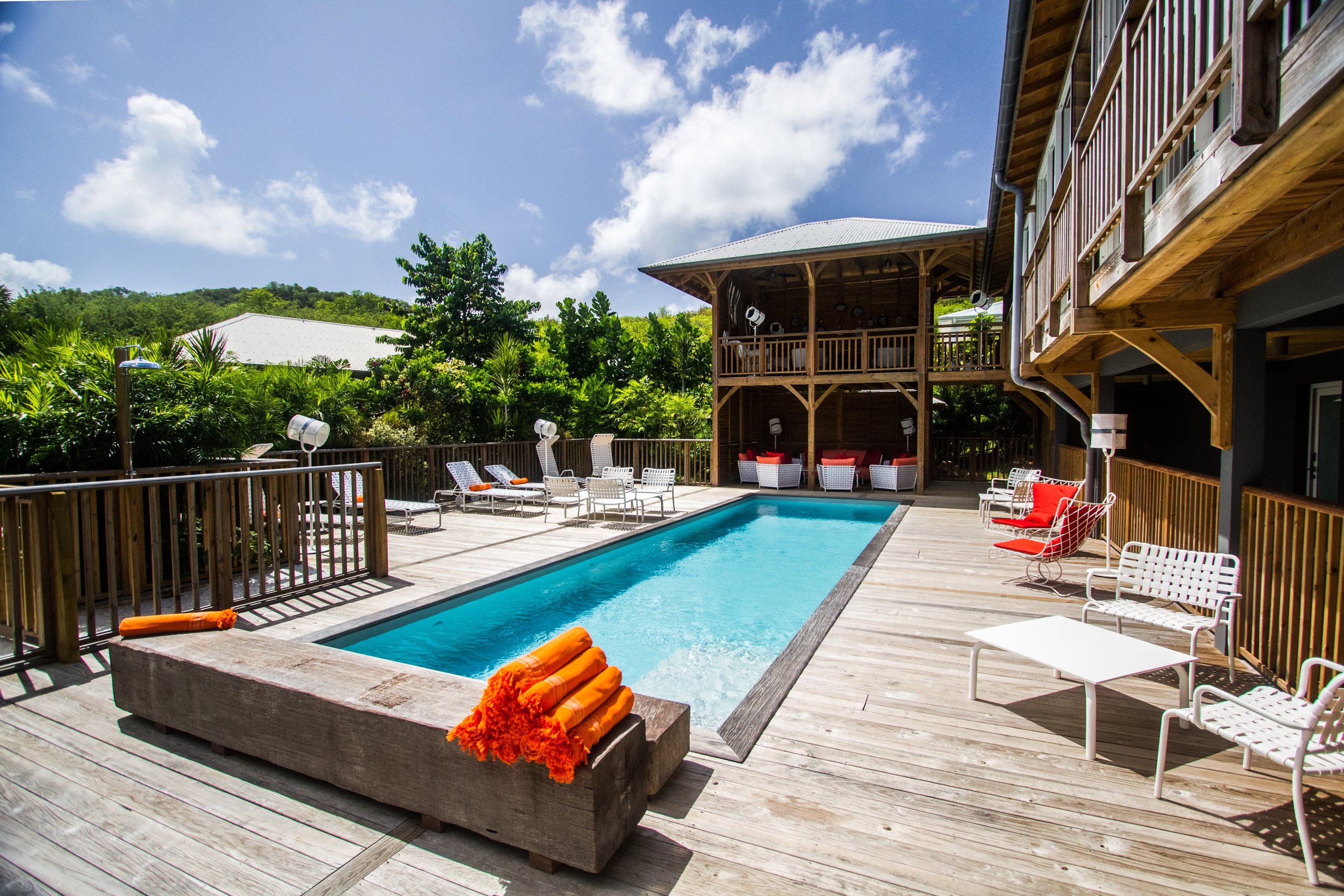
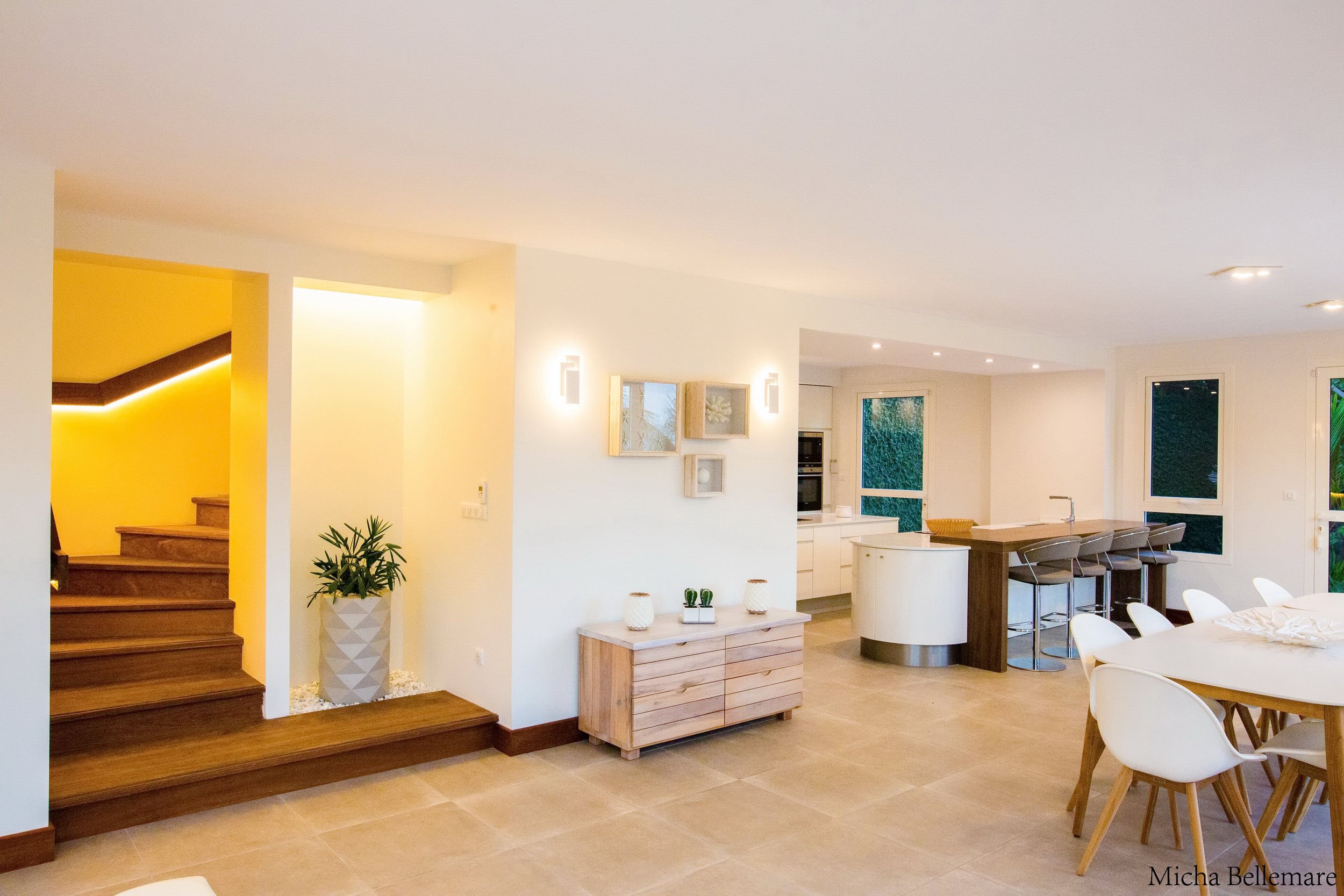
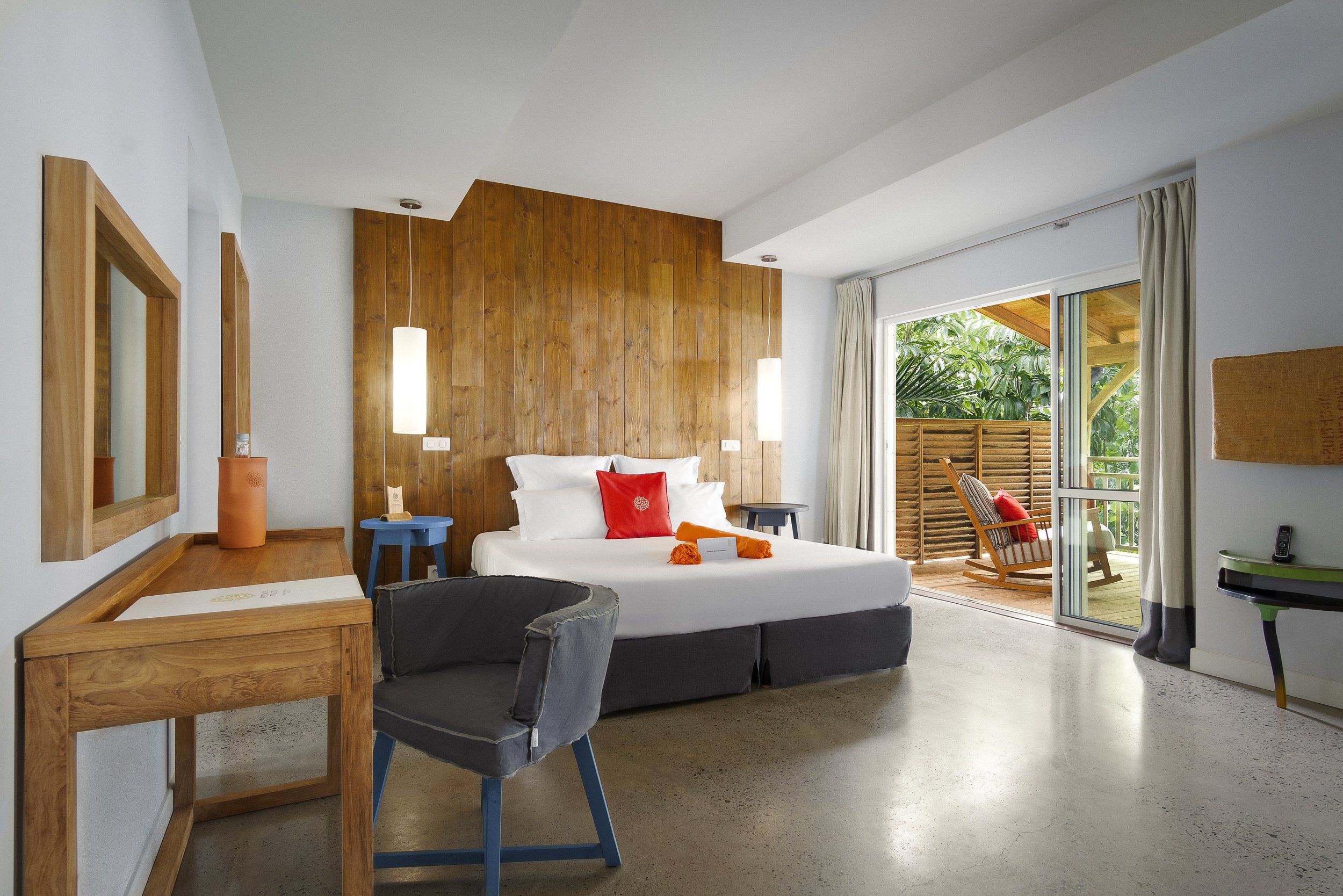
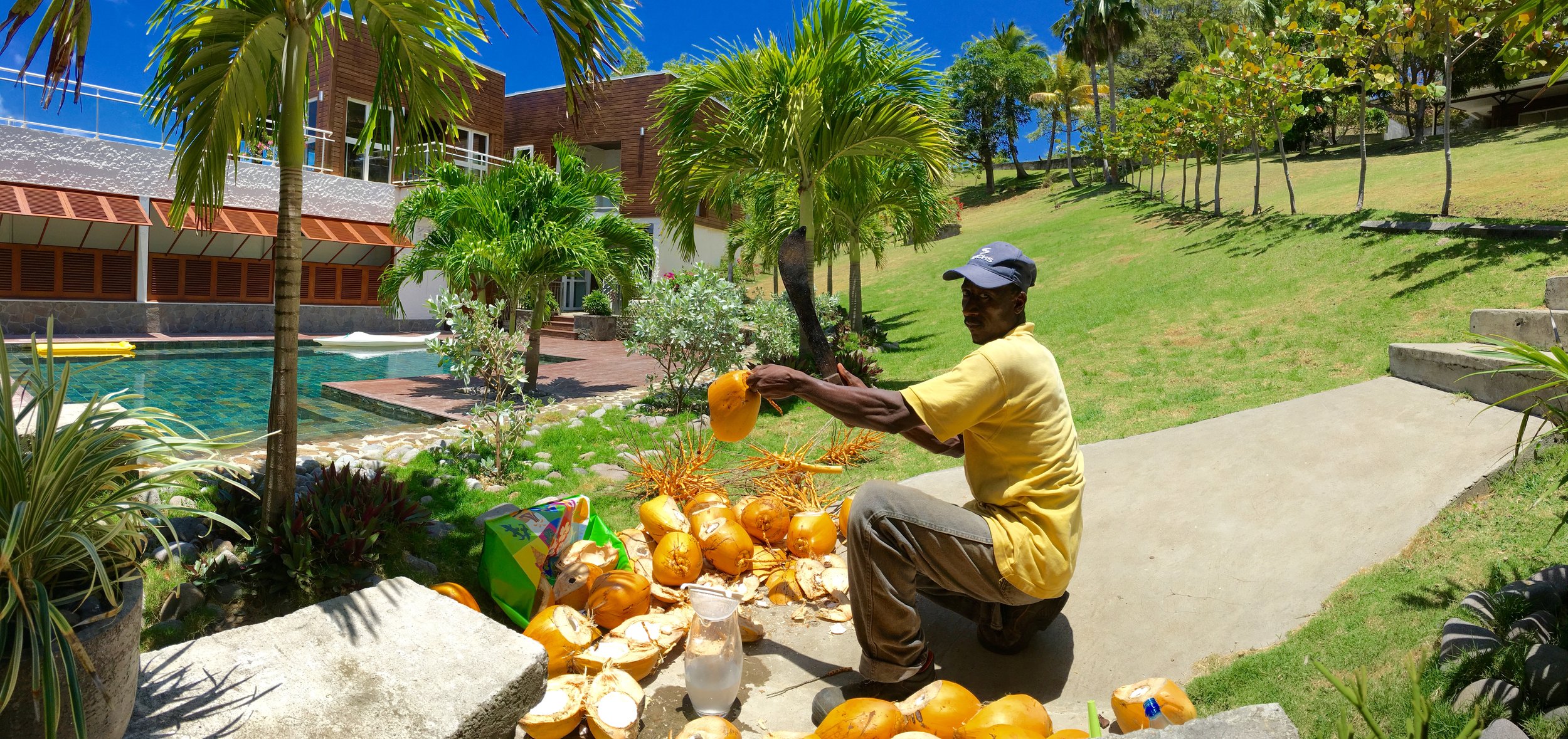
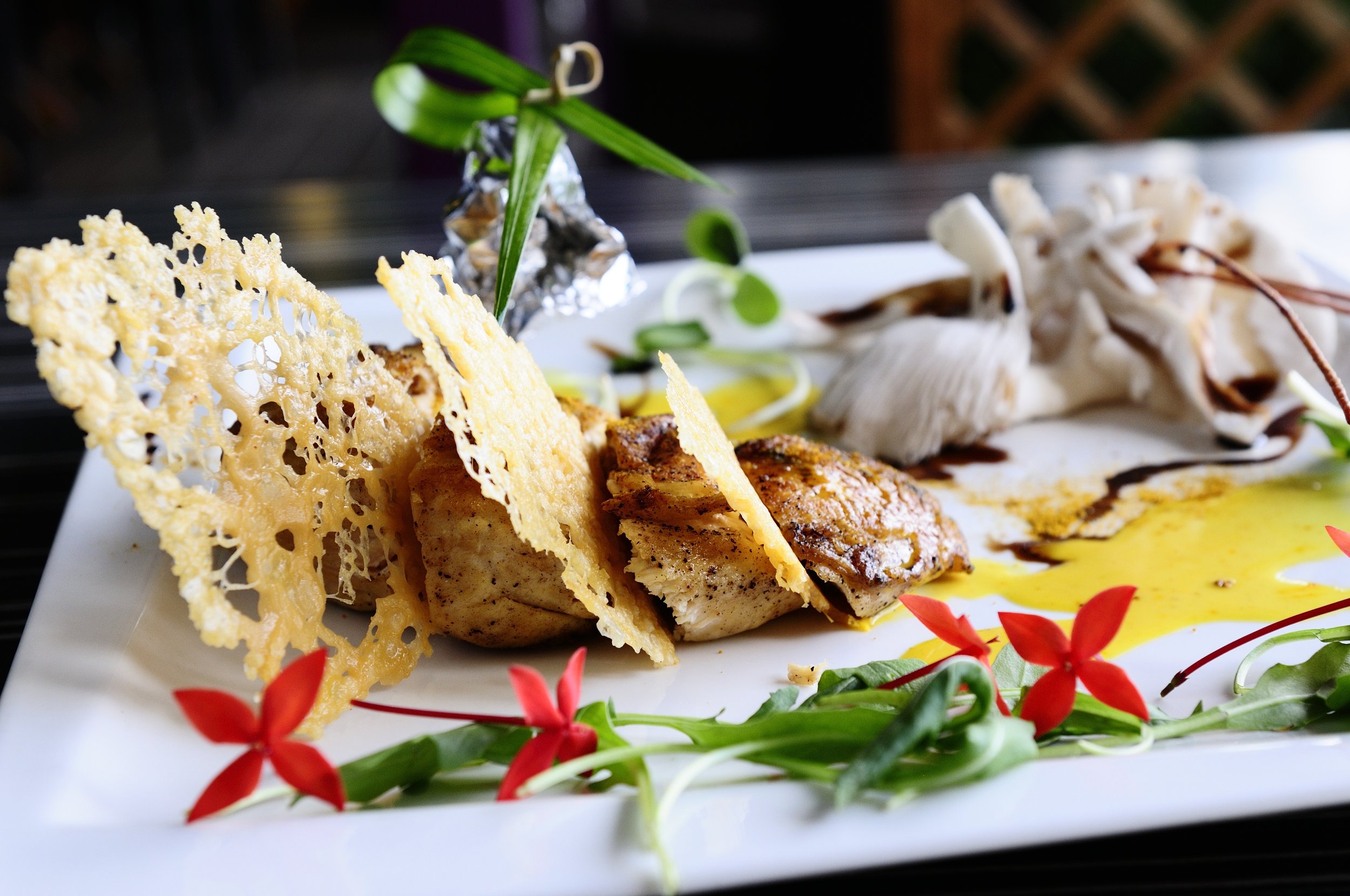
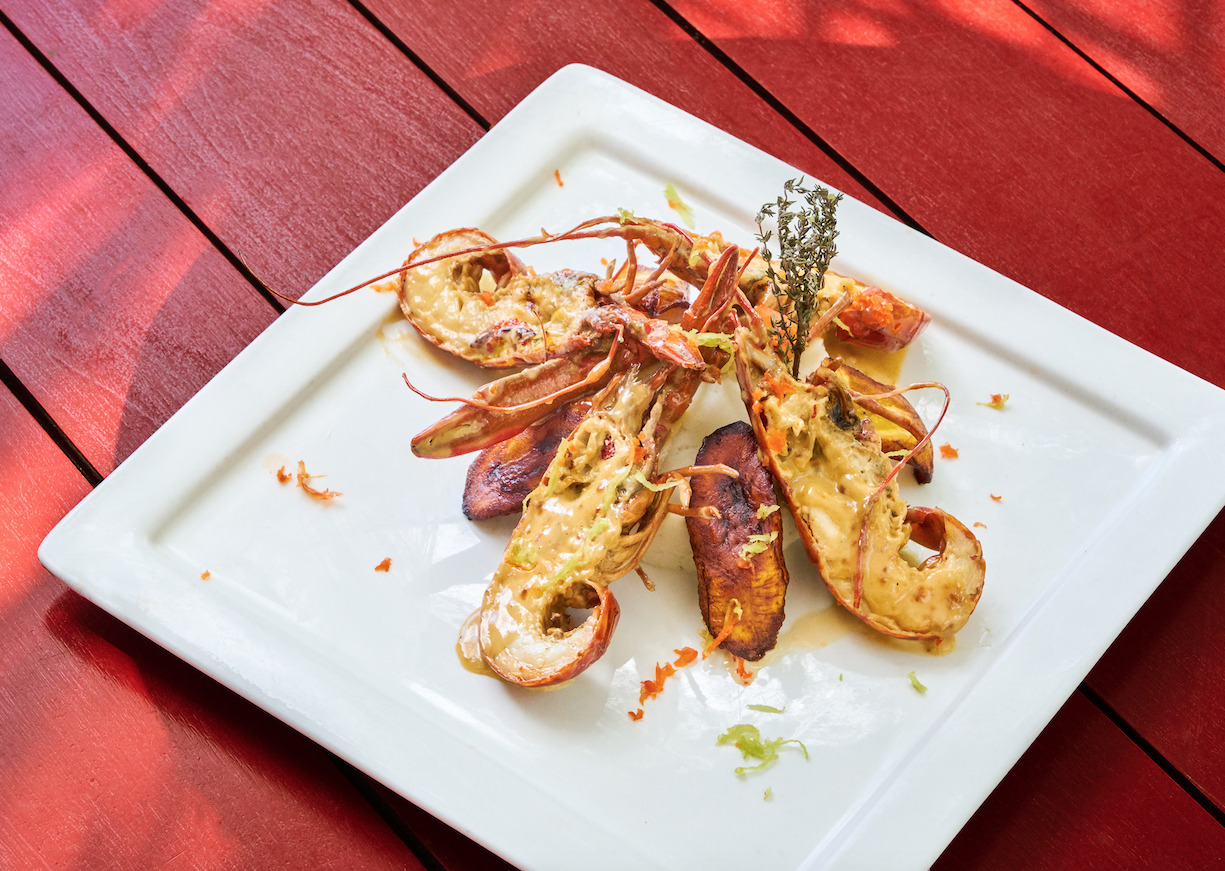
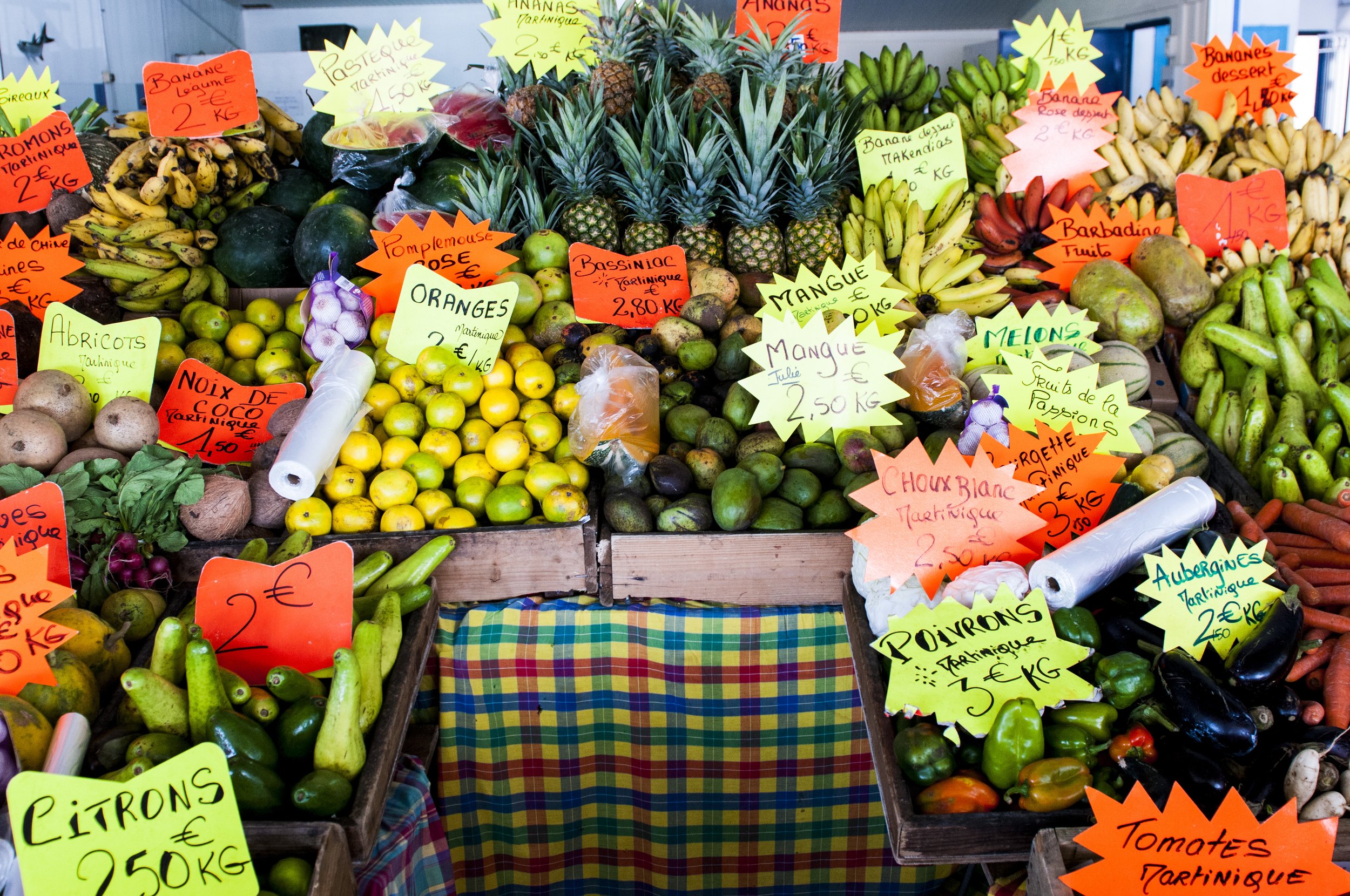
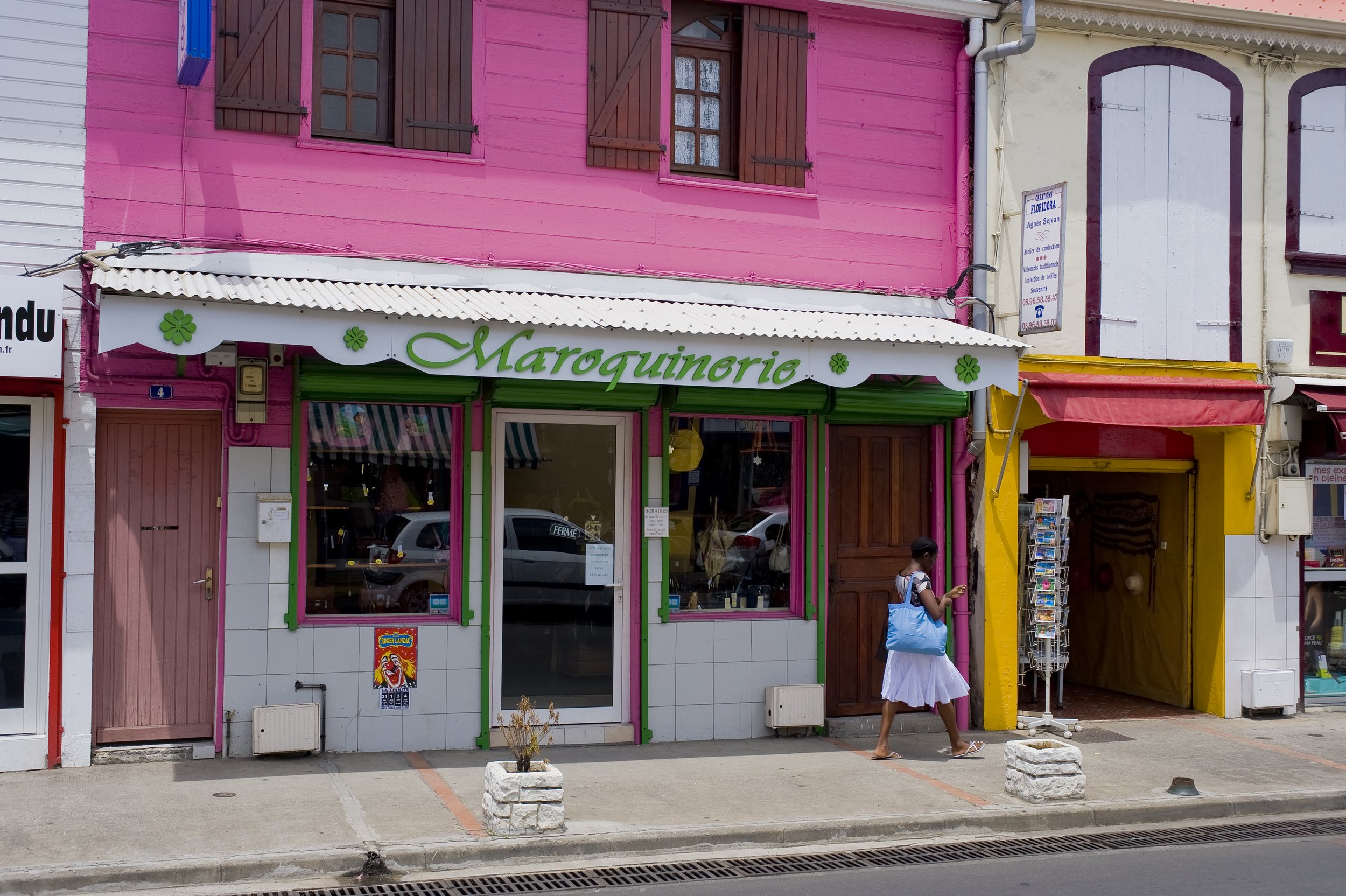
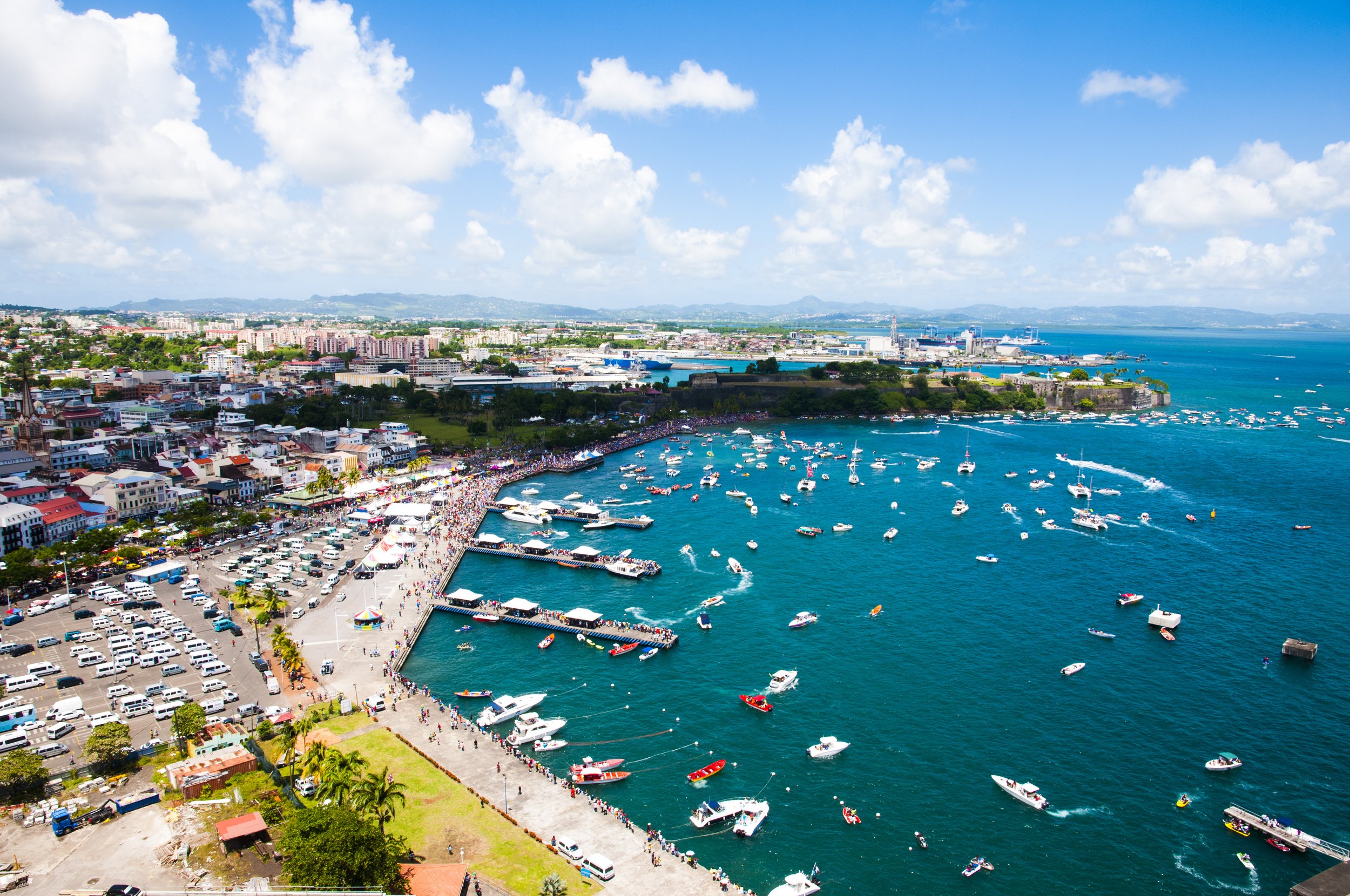
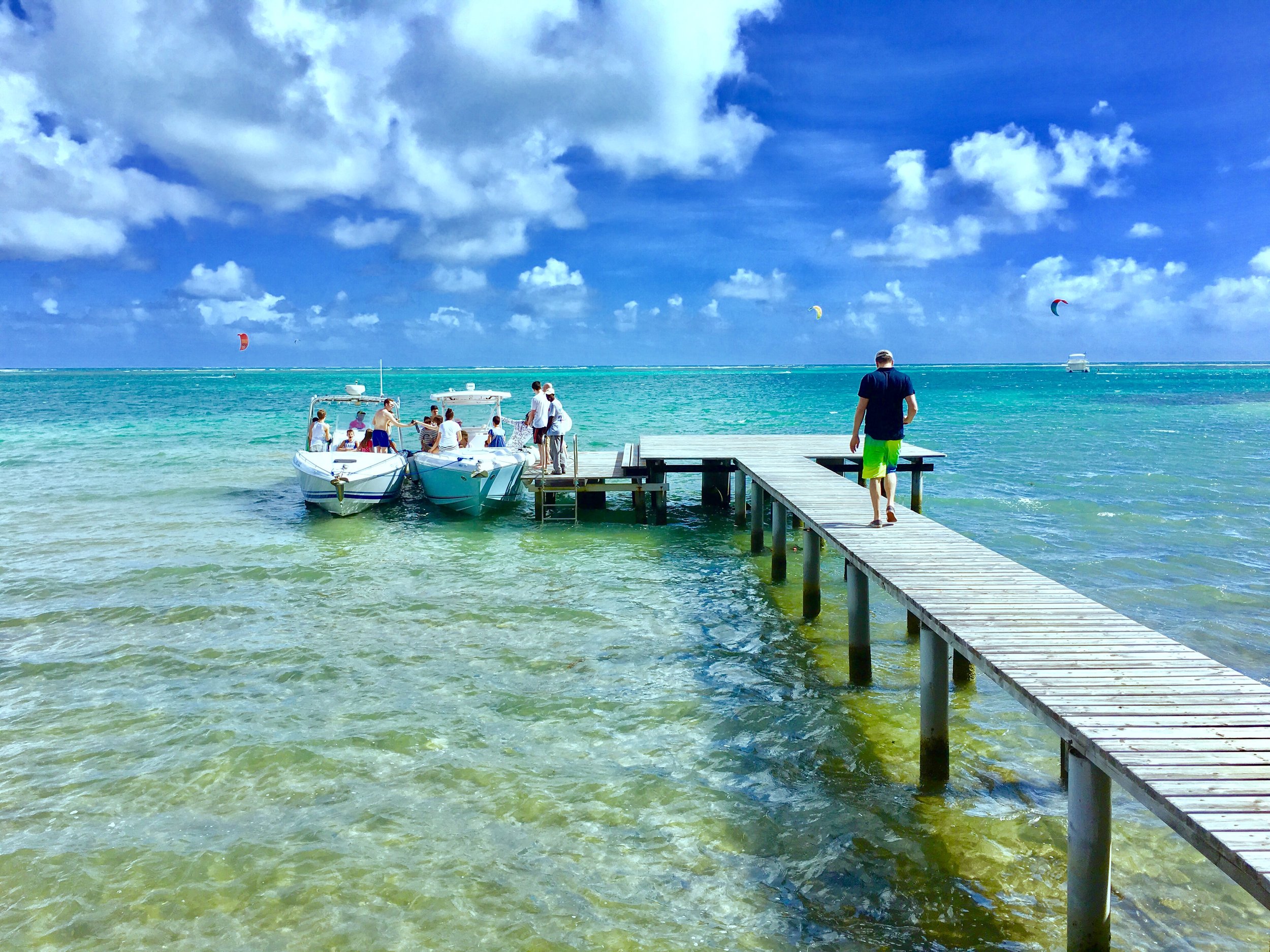
Nestled in the French West Indies just north of Saint Lucia and Southwest of Barbados, Martinique is a mystery to many American travelers — unless they reside near connecting flights in Miami.
Often referred to as the hidden gem of the French Caribbean, Martinique blends the best of France with the tropics, making it an eclectic destination for jetsetters seeking a less-crowded archipelago in the Antilles.
Black-and-white-sand beaches, cerulean shorelines, surfing, lush vegetation, a storied volcano ... while there are certainly parallels to Hawai‘i, Martinique’s colorful culture and colonial past set it apart.
With sugar cane and banana fields stretching as far as the eye can see, more Americans are wanting to get a taste of this distillery-dotted isle.
Rich in heritage and experience, here’s what not to miss in this mysterious French Creole getaway.
Restore
Boutique hotels, private villas and charming Creole residences, opulent dwellings are present, though less pronounced, in Martinique.
Nestled at Pointe Cerisier, an untouched corner of the eastern shore fronting a turquoise lagoon, Domaine des Fonds Blancs (domainedesfondsblancs.com) is home to the first luxury, five-star villas on the island. Villa Isabelle accommodates 18 guests, while Villa Coralie entertains 14. These posh villas don’t only tout space and an über-secluded locale, but also include a bespoke concierge service with a wide range of à la carte offerings, private pools and direct access to the sea and beach.
If you want to stay close to town, Hotel Apolline (apollinemartinique.com) is a Creole-mansion-turned-hôtel particulier boasting a breathtaking view over the Bay of Fort-de-France with a smorgasbord of personalized amenities. And their striking redwood terraces and scenic infinity pool are reputed for pleasing an exclusive roster of clientele who crave the intimate and atypical.
Located south of the island in Les Trois-Îlets, La Suite Villa (la-suite-villa. com) is a colorful, five-star hideaway with suites, villas, a spa and gourmet restaurant. Eclectic artwork sets this boutique hotel apart, each vivid piece carefully selected by the founder’s wife. The atmosphere is refreshingly playful and fun, setting La Suite Villa in a category of its own (a.k.a. why Caribbean Journal called it “boutique art hotel of the year”).
And French Coco (hotelfrenchcoco.com) is leading the way in a new wave of luxury in Tartare: the fishing village where it is located, on the island’s Atlantic coast. Fitted with a Creole garden, 17 elegant suites and 16 private pools, French Coco is an ideal romantic enclave for a couple’s Caribbean getaway.
Dine
While vendors selling chicken colombo (a local delicacy: chicken roasted in island spices) and coconuts can be found along the highway, local restaurants highlight Martinique’s culinary kaleidoscope of Caribbean, Creole, French and Latin fare.
Fronting the Bay of Fort-de-France, Zandoli (la-suite-villa.com/en/restaurant) at La Suite Villa is an exquisite blend of eye-popping, panoramic views and a rotating menu highlighting fine local fare. Michelin-starred Chef Nicolas Magie’s Gourmet Menu boasts local black pudding and spiny lobster, foie gras and the illustrious baba au rhum (rum baba). Bonus: You can admire unconventional artwork while you dine.
Chef Jean Charles Brédas, hailed Maître Cuisinier de France, presents the best of métisse (nickname for those native to Martinique) cuisine at Le Brédas (facebook.com/latelierdubriscard) in Saint-Joseph, and his cozy enclave will warm your heart as much as his food. The house specialty is a mille feuille of foie gras topped with bananas: a savory-sweet treat that’s guaranteed to please!
A good spot to try accras de morue (cod fish fritters — a local favorite!)
is Pura Vida (restaurantpuravida.fr), which specializes in upscale comfort food. Pura Vida is a Costa Rican saying meaning “pure (or simple) life,” and the blanket de lambis au lait de coco (conch stew in a creamy coconut sauce) and upside down pineapple pie served with coconut ice cream are simply purely delicious!
Restaurant Le Plein Soleil (hotelpleinsoleil.fr), the Plein Soleil hotel’s Franco-Caribbean eatery, touts high-class gastronomy on a sweeping, open-air veranda. The menu changes daily, cocktails ranging the original to the exotic. Try a Ti’ Punch (Martinique’s national drink, a.k.a. local version of the Hawaiian Mai Tai) laced with light or dark rum, cane syrup and garnished with a lime.
And for before or after-dinner pleasure, Le Cloud (cloudrooftopbar.com) rooftop bar’s tasty tapas and 360-degree view have made it a gathering ground for local insiders — and the ideal pau hana venue for cocktails at sunset. (If you’re lucky, you’ll catch a concert, poetry reading or rooftop yoga class.)
Explore
Winter and spring are the ideal times to travel to Martinique, as the dry season signifies less rain and humidity, although the tropical climate contributes to comfortable swimming temperatures all year long. As Hawai‘i, Martinique is a diver’s dream, and waves on the north shore, much like the North Shore of O‘ahu, are apt for surfing. Plage du Diamant, or Diamond Beach — named for a rocky isle that resembles a diamond — is optimal for water sports, and the Anses d’Arlet — a strip of fishing villages along the southern end of the island — provide scenic spots to spy squid, tropical fish, sea urchin and turtles. Taking a scenic boat tour from Pont Dupont is also an excellent way to enjoy the best of the isle. While Sainte- Anne, the southernmost village, and the Grande Anse des Salines are often defended as the most beautiful beaches on the island.
If you prefer land over sea, hiking trails through Martinique’s mountainous, green terrain are plentiful. Mount Pelée’s trails — the Ailreon Trail, most notably — are especially renowned for their sweeping, canyon views. Mount Pelée, a volcano that has been dormant since 1932, is the highest point on the island at 1,397 meters. The volcano’s eruption in 1902 destroyed half of Saint-Pierre — the former capitol city, often called “the Paris of the Caribbean” — resulting in the death of all but two residents. Saint-Pierre has since been resurrected into a popular seaside town. Here, you can walk amongst eruption ruins and enjoy a bird’s-eye view of the volcano. Nicknamed Madinina, or Island of Flowers, the Balata botanical gardens also merit a stroll.
Distilleries and sugar cane dispersed about the island, Martinique is a rum-lover’s paradise. While houses of rum are plentiful, Habitation Clément boasts particularly rich heritage and well-preserved grounds. Built on the site of a former sugar refinery, Habitation Clément is a modern museum boasting breathtaking gardens, art exhibitions, and the founder’s restored colonial home, which served as the meeting site between Presidents George Bush and François Mitterand.
History buffs won’t want to miss La Pagerie museum, built on the former grounds of the Tascher family’s sugar plantation. The museum is dedicated to Marie-Joseph Rose Tascher, or Empress Josephine, wife of Napoleon Bonaparte, who grew up in Martinique and used to bathe in crystal-white sand bars, such as the Baignoire de Josephine, which you can still visit today.
You can even sail out to have a shot of rum in Josephine’s former bathing ground. (They call this a modern baptism on Martinique.) While in Trois-Îlets, check out the two sites dedicated to the island’s former industrial trades: sugarcane and pottery at Le Gailon Sugar Mill and Distillery and Village de la Poterie. And although in the Caribbean, Martinique couldn’t be France without a castle: Château Dubac is the ruins of the Dubac residence and sugar refinery.
Colorful churches crown the hilltop of each village. St-Louis Cathedral, in Fort-de-France, the capitol, is the most grandiose, constructed in 19th-century Romanesque medieval style, while Sacré-Cœur de Balata is an impressive replica of Sacré Cœur in Paris. While in Fort-de-France, check out Biliothèque Schoelcher, an intricately decorated library dedicated to Victor Schoelcher, an overseas governor who helped abolish slavery in Martinique. The building was constructed in Paris for the 1889 World Fair, and then moved to Martinique.
The Anse Cafard Slave Memorial is a more somber testimonial to the evils of slavery. Completed in 1998 to mark the 150th anniversary of the emancipation of the French West Indies, 15, eight-foot tall statues stare out to sea in mourning of a slave ship that sank off the rocky coast of Le Diamant, resulting in the death of 40 slaves. If you seek to delve deeper into the island’s past, Les Savane des Esclaves in Trois-Îlets is the best place to discover Creole history and culture, as the museum documents 400 years of slave life up until the emancipation.
But if you want to experience the absolute best of Martinique, there is no finer moment than Carnaval season: a colorful parade of local music, dance and dress that takes over the streets. After the abolition of slavery in 1848, Carnaval was adopted by the masses and continues to please locals and visitors alike today. Festivities start the Sunday after Epiphany and reach their pinnacle Shrove Tuesday. Drumming, singing and technicolor traditional costumes, it’s time you heard nou ké konten wè zot (welcome) to Martinique!
Learn more via Le Comité martiniquais de Tourisme: martinique.org
_______________________